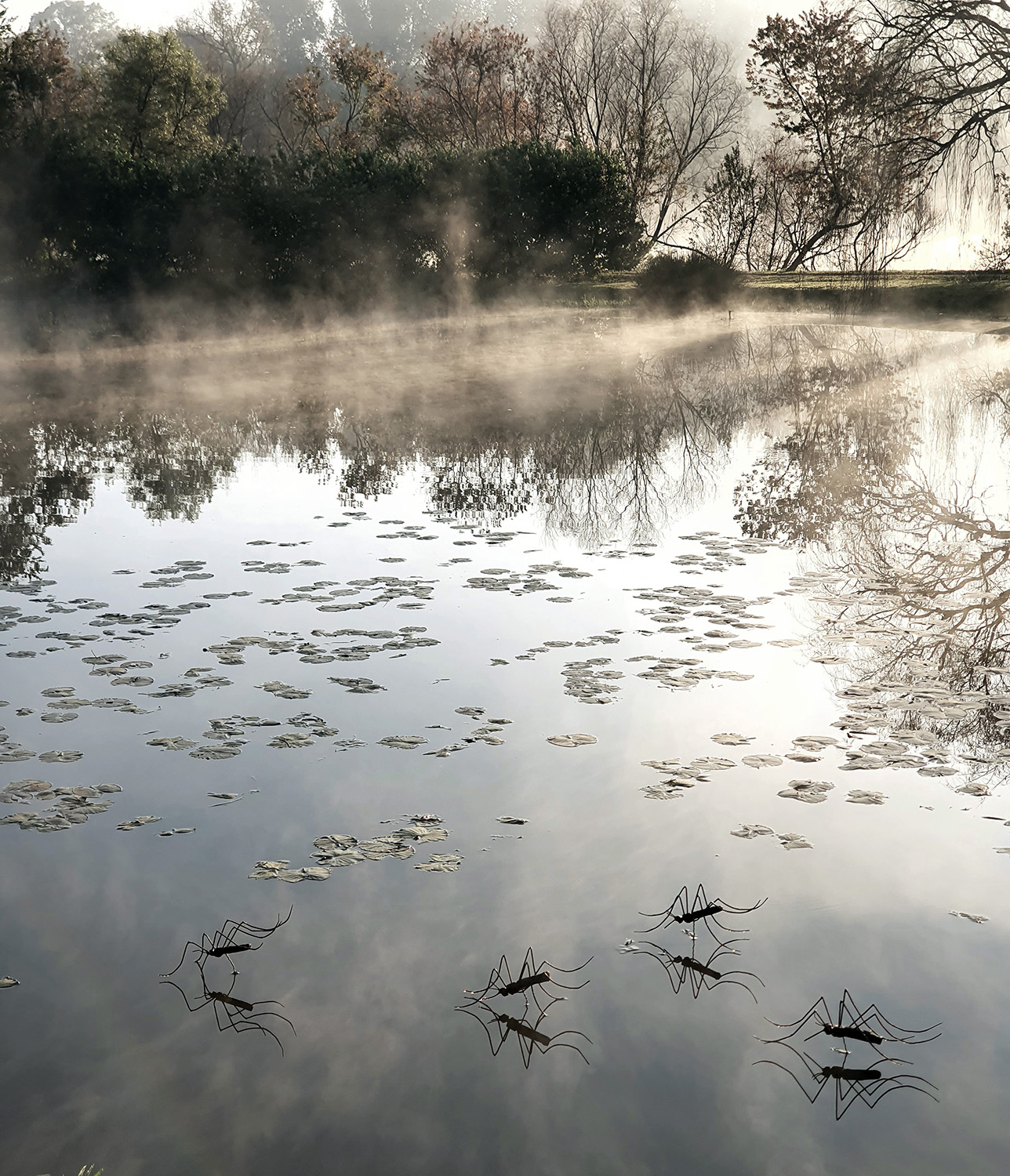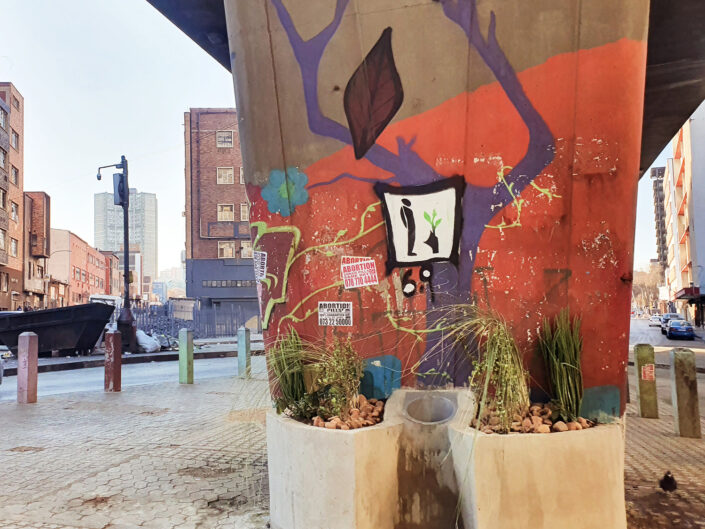Dark Sky Walk, Nirox Foundation, 2 July 2022
Dung Beetles and other nocturnal species navigate via the Milky Way. With this walk we explored ways to understand our own relationship with darkness, how we can use artificial lights more optimally to interfere less with nocturnal eco-systems to reduce skyglow. The walk lead by myself and scientist Dr.Bernard Coetzee, took 50+ people on a hike while night is falling. Afterwards we all made low light drawings before our eyes adjusted to the ambient light again.
“Winding our way along the bush path at the Nirox Foundation at sun set allowed us to forget loadshedding and other woes for a while. It was a perfectly still winter evening, the quiet broken by the gurgle of the stream that we crossed several times before we arrived at the eye of the fountain. Leaving the forest we headed west, up the koppie to the plateau where we gathered in a small knot and watched two dozen Cape Vultures take wing from their perches on the giant electricity pylons marching in an impressive phalanx from north to south. Not fifty metres from where we stood, a small herd of zebra, barely visible in the gathering dark, studied us. The walk, organised by the artist Hannelie Coetzee and the biologist NAME from the University of Pretoria, was a kind of dusk vigil to draw our attention to the significant effects of ‘sky glow’ on night-time pollinators and other insects. We stood for a while in the gathering dark and then headed home. Walking without artificial light over uneven ground, we allowed our anger at Eskom’s mismanagement of the electricity grid to be softened by a newfound awareness that darkness, for some creatures, is the best place to be.”
(Words by Bronwyn Law-Viljoen, 2022)




